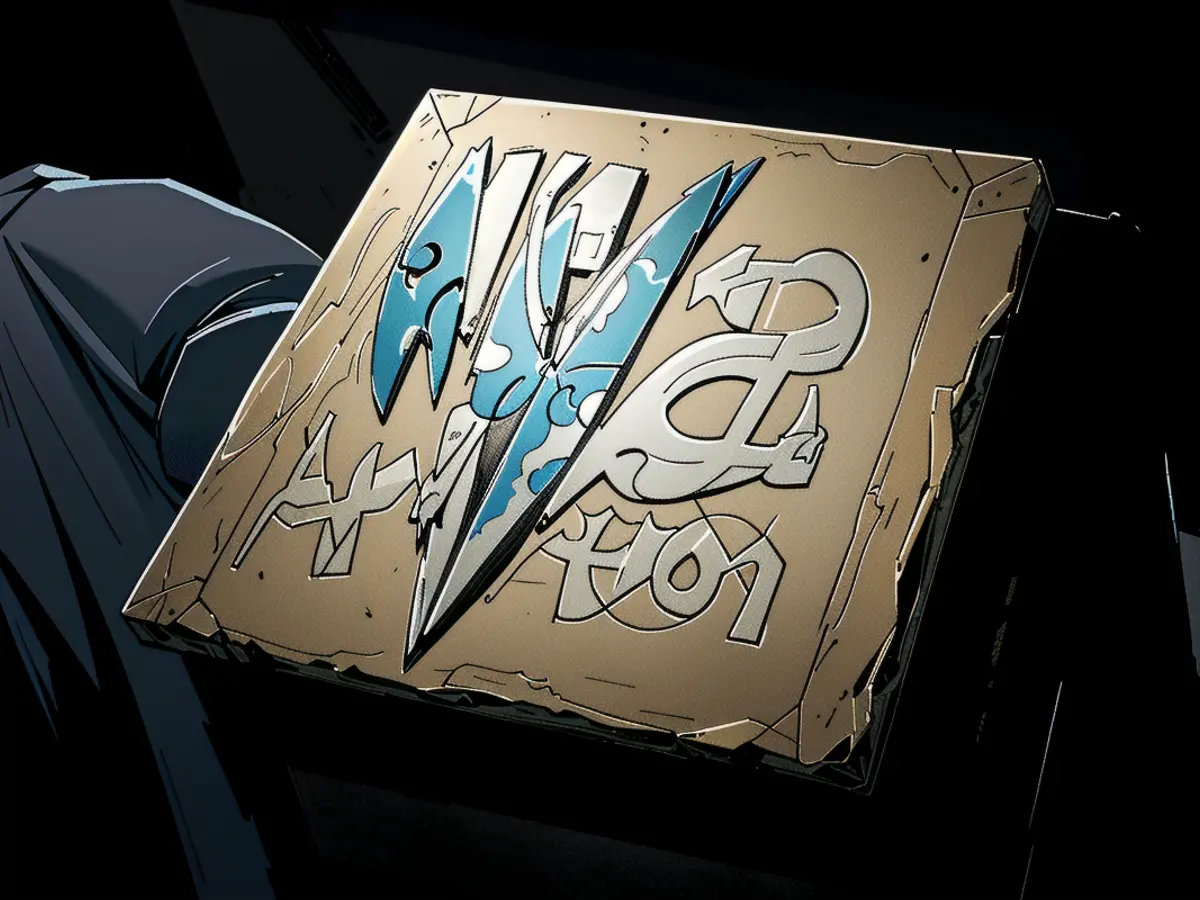The most ancient stone slab bearing the Bible's Ten Commandments fetches a price tag of $5 million.
The stone, approximately 1500 years old, originating from the Late Roman-Byzantine era, sparked over 10 minutes of intense bidding, as per Sotheby's New York's statement, who hosted the auction. An anonymous buyer, planning to donate the artifact to an Israeli institution, was the eventual bidder.
This stone is an ancient relic, forgotten for centuries.
Weighing around 115 pounds and standing at two feet tall, the stone was discovered in 1913 during excavations for a new railway line in what is now Israel's southern region.
It was located near early synagogues, mosques, and churches, and was inscribed with the 10 Biblical laws in Paleo-Hebrew script. Despite its significance, the stone was used as paving outside a house for three decades, with the inscription facing upwards and exposed to heavy foot traffic.
Fortunately, the slab's historical significance was eventually recognized and preserved.
Sotheby's announced the stone was sold to a scholar in 1943. This unnamed individual recognized it as an essential Samaritan Decalogue, featuring divine precepts essential to numerous faiths, possibly once displayed in a synagogue or private dwelling, according to Sotheby's statement.
Samaritanism is an ancient, monotheistic religion rooted in the first five books of the Old Testament. Although related to Judaism, Samaritanism considers Mount Gerizim — located in modern-day West Bank — the dwelling place of Jehovah rather than Mount Zion.
Wherever the tablet was originally placed was likely destroyed by the Roman invasions of 400-600 CE or as a result of the Crusades in the late 11th century, according to Sotheby's.
A brief video clip about the sale shows the Ten Commandments in the Book of Exodus as the "cornerstone of law and morality" and the "founding text of Western civilization."
The stone contains 20 lines of text, closely resembling Bible verses common to both Jewish and Christian traditions. However, only nine of the 10 commandments from Exodus are included, with the exclusion of the 10th commandment: "Thou shalt not take the name of the Lord in vain." Instead, a new directive to worship on Mount Gerizim is presented.
Before the sale, Richard Austin, Sotheby's global head of books and manuscripts, said in a press statement: "This remarkable tablet is not only a significant historic artifact, but a tangible link to the beliefs that influenced Western civilization. Encountering this shared piece of cultural heritage is like traveling through millennia and connecting with cultures and faiths expressed through one of humanity's earliest and most enduring moral codes."
Last year, a 1000-year-old Hebrew Bible was sold for $38.1 million at Sotheby's New York. The Codex Sassoon, dating from the late 9th or early 10th century, was described as "one of the most important and singular texts in human history."
The unique style of the Paleo-Hebrew script on the stone adds to its historical value.The artifact's sale highlights the intersection of various ancient faiths and their shared artistic influences in the arts.







